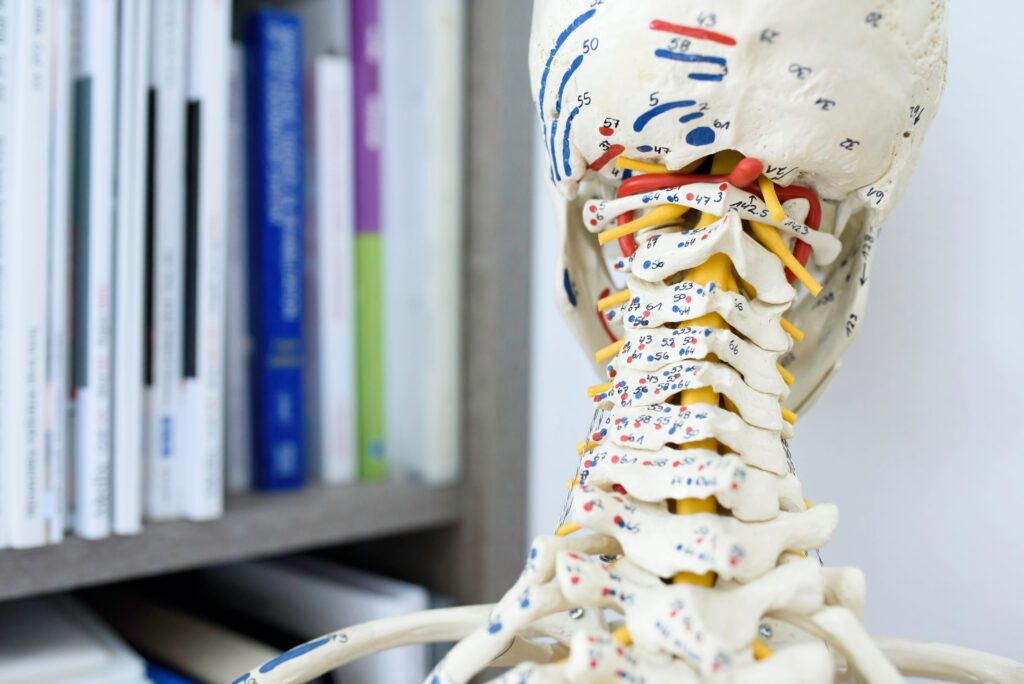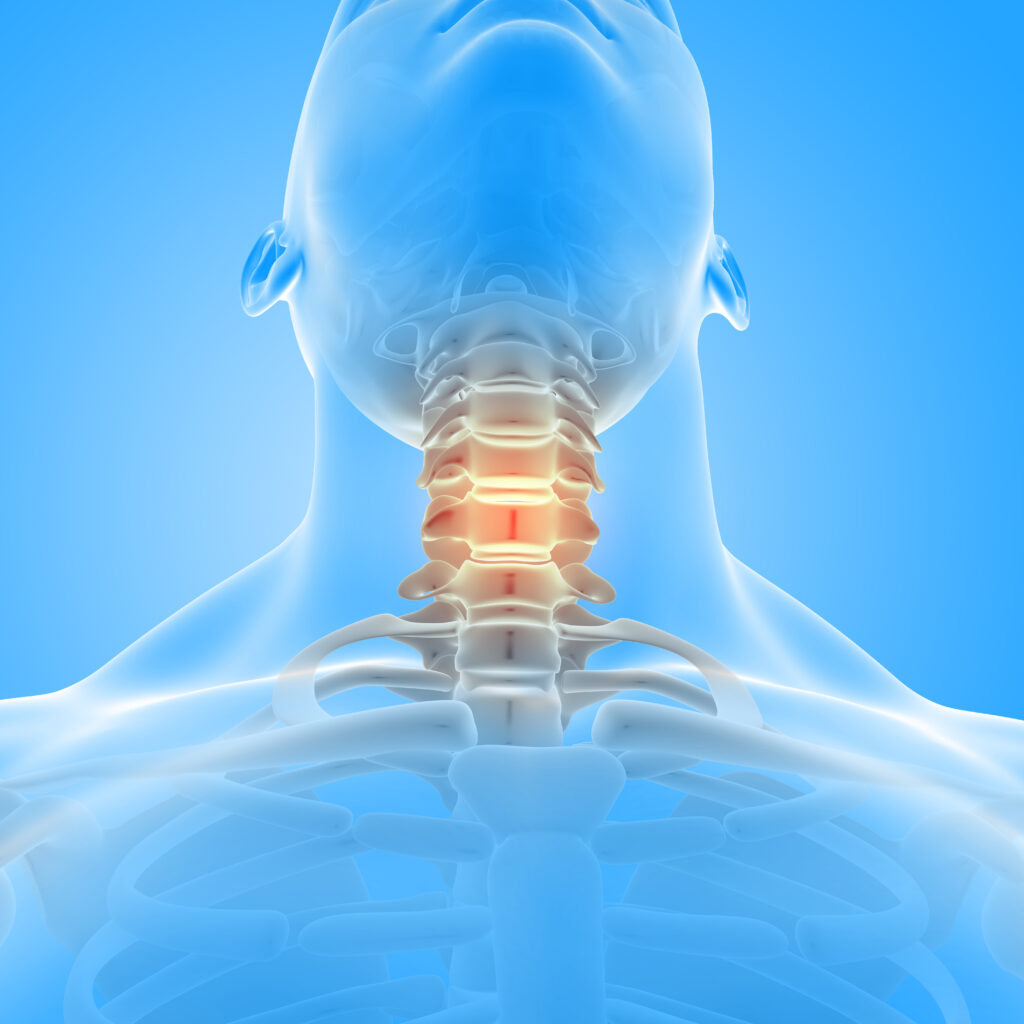Cervical Myelopathy Treatment

Introduction
The uppermost part of your spine, which is located in the neck region is known as the cervical spine. When the spinal cord in the cervical region gets compressed, it leads to a condition called cervical myelopathy. In simple words, it’s the reason your neck feels sore when you wake up, but in this case, the pain doesn’t go away.
This ailment is also known as cervical spondylotic myelopathy or degenerative cervical myelopathy. Bone spurs, arthritis, tumour, or injury are a few of the causes. Some people are born with a narrow cervical canal, making them more susceptible to the condition. Cervical myelopathy could also be a consequence of aging.

Symptoms
Because of spinal cord compression, cervical myelopathy can cause a variety of symptoms that impact the neck as well as other body areas.
- Headaches frequently accompany neck pain or stiffness.
- Tingling or numbness in the fingers, arms, or hands.
- Arm or leg weakness that makes it difficult to use fine motor skills, like buttoning a shirt.
- Imbalance problems or an unsteady walk that raises the chance of falling.
- Loss of hand-eye coordination in particular.
- Twitches or spasms in the muscles.
Causes
Cervical myelopathy can develop due to various degenerative, traumatic, or congenital factors affecting the cervical spine.
- Age-related degenerative disc disease leading to herniated discs or bone spurs.
- Spinal stenosis, which is the narrowing of the spinal canal compressing the spinal cord.
- Accidents or falls that cause fractures or dislocations in the cervical spine.
- Rheumatoid arthritis that damages cervical vertebrae.
- Congenital conditions like a narrow spinal canal present from birth.
- Tumours or cysts growths pressing on the spinal cord.
- Ossification of the posterior longitudinal ligament (OPLL), a condition where ligaments in the spine swell and calcify.
Diagnosis and Treatment
Cervical myelopathy must be managed with an early, precise diagnosis and adequate treatment to avoid worsening the symptoms.
- Diagnosis involves a physical examination to assess reflexes, strength, and neurological function.
- To evaluate spinal cord compression and identify underlying problems, imaging tests such as MRIs and CT scans are utilized.
- Physical therapy to improve strength and mobility as well as painkillers may be part of the initial care. Because they restrict neck mobility, cervical collars can offer short-term support.
Risk Factors
The risk of cervical myelopathy might be raised by several variables.
- Age, as spinal degeneration with time, especially after age 50, raises the risk.
- History of trauma or damage to the neck.
- Pre-existing diseases such as spinal stenosis or rheumatoid arthritis.
- A small spinal canal is one example of a congenital spinal abnormality.
- Jobs or pursuits that require heavy lifting or recurrent neck discomfort.
- Smoking can hasten the deterioration of the spine.
- A sedentary lifestyle can lead to weak neck muscles and bad posture.
